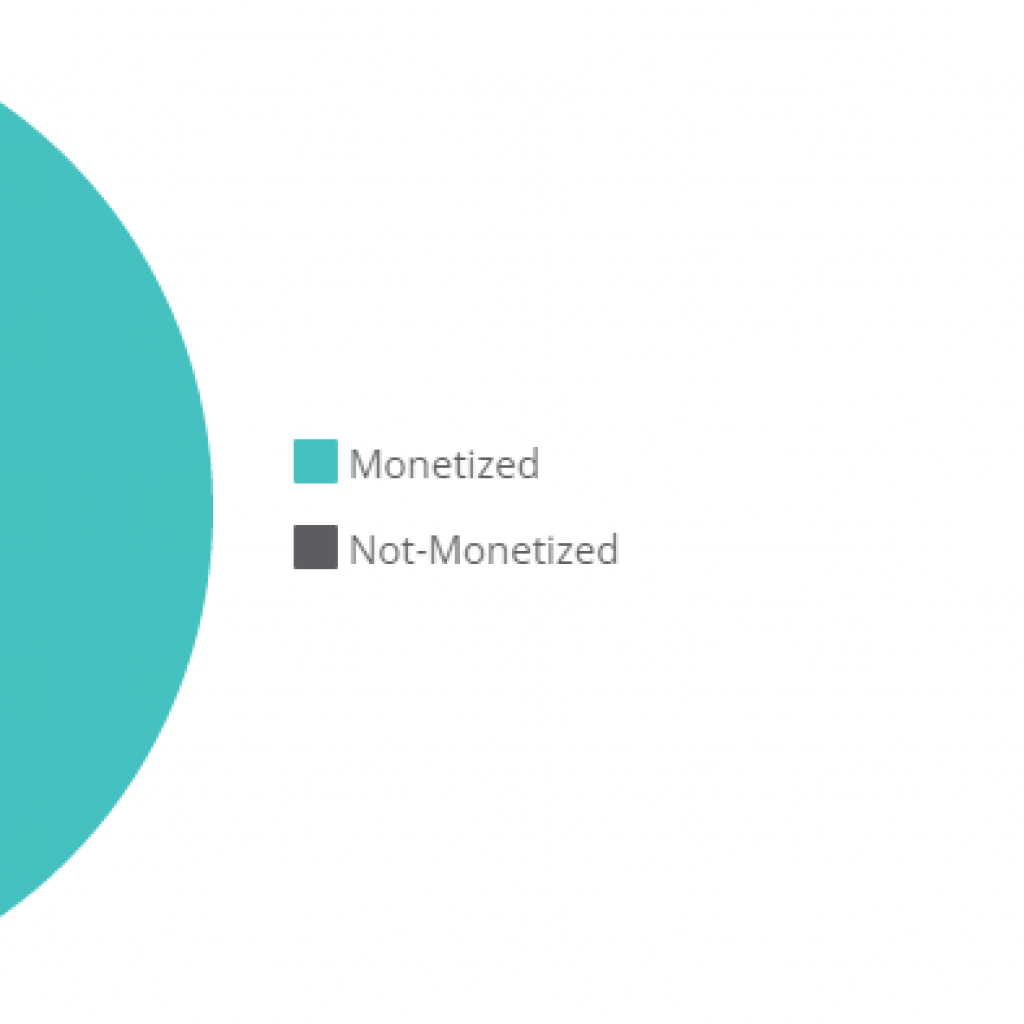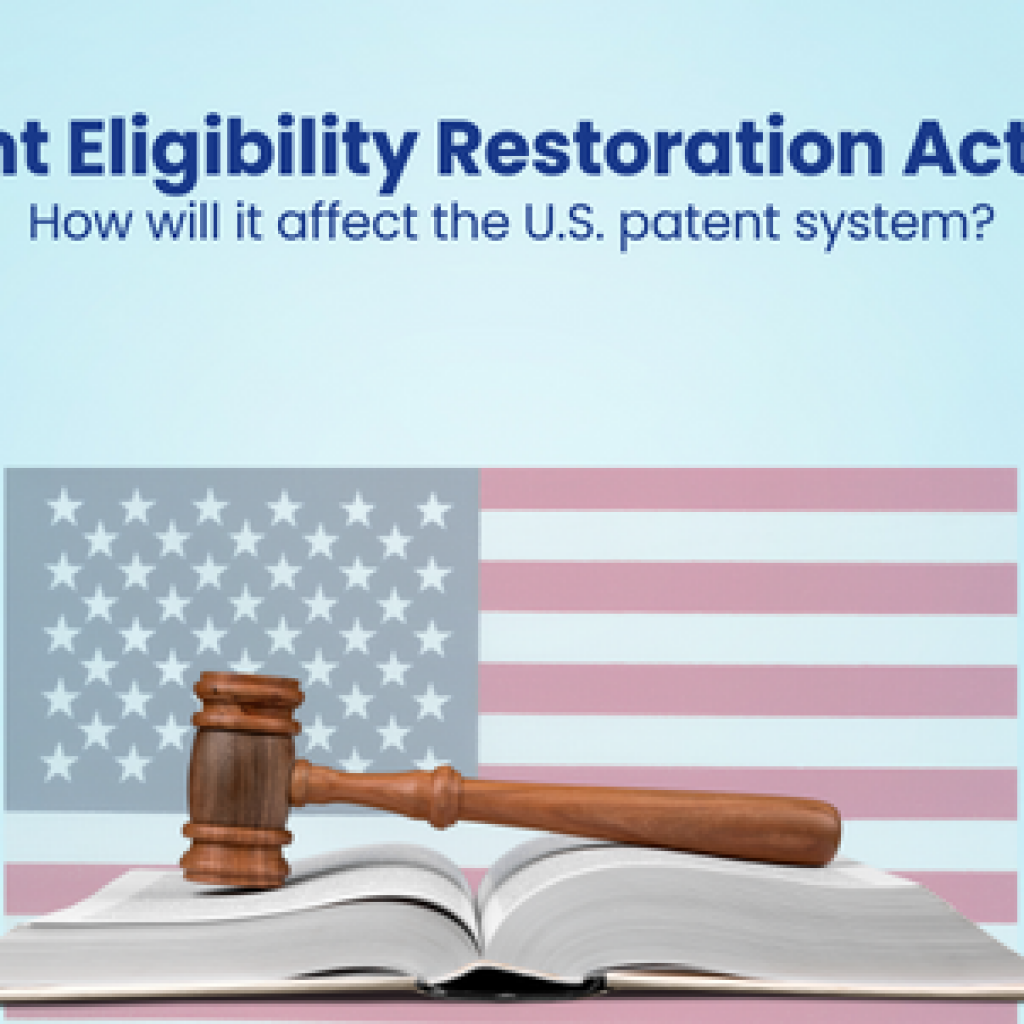Have you come across a situation when the search vendor you hired returned with a report concluding “no reference found”?
There could be multiple reasons that your vendor returns with such a report. Few among many could be a patent being strong/novel or time allocated is not commensurate with the technology area a patent falls in.
We understand it is not so good spot to be in. How can you turn situations in your favor and save your day? Well, that’s what we will be discussing today. There are strategies that we employed when a patent appeared to be tough and we thought it could lead us to send a no-reference-found report to our client which we seldom do.
There are 5 ways to do an advanced prior art search yourself or suggest to a patent researcher:
Get inside the mind of a Patent Examiner
An examiner has less time to spend on a prior art search – five to six hours on average and maybe 10 in a few cases. Due to this, sometimes he leaves few stones unturned before approving a patent application.
If you suggest your search vendor to explore the mind of a patent examiner, your chances of getting a relevant prior art can increase. A close analysis of file history can help uncover subtle clues that can change the direction of a patent search.
In one project, for example, going through the file history of a patent revealed how the examiner interpreted a common term in a different manner. The term ‘Download’ was defined as transferring data from one memory to another memory. This led us to shift gears and we found two strong patent references. You can find more details of the case here: How we found better results than an examiner
Target a Country that is a Tech Leader
In a prior art search, if a technology wise search left your vendor empty-handed, it’s a good idea to suggest to focus the search on a country/geography that is a leader of that technology domain.
Suppose you have to find a reference for a patent covering technology related to Li-ion battery. Since Japan is the country that first commercialized the Li-ion battery in 1990, suggesting your search vendor to target your patent search in the JPO could bear some fruits.
Investigating the inventor’s background
Suggesting this approach could help your search vendor see new dots and then connect them with the older ones. The rationale is that there is a high probability that an inventor might have worked, alone or in a group, on a similar kind of technology in his previous company or during his university research project.
You can start searching for an inventor’s recent works that cover the same technology and then expand the search to his/her co-inventors. Your search vendor could find some leads that can guide your research boat to a relevant reference harbor.
Plot a Technology Timeline
With advancement and adoption, terminologies of a technology change drastically. Not having information about these changes could lead to missing a vital keyword, and finally, to a no reference found situation.
To give you an example, in the telecommunication domain, the equipment that facilitates wireless communication between a device and a network is called:
- BTS in 2G network
- Node B or Base Station in the 3G network, and
- eNB or evolved node B in LTE
If you suggest your search vendor to plot a technology timeline, it could lead to a comprehensive search and to a killer reference as well. We have explained the benefit of plotting a technology timeline in details here: How Technology Timeline Can Help Find Hidden Prior Art
We used this strategy and patents of 2G and GSM helped us find killer references for a lot of 4G patents. Yes, you read that right. Here is a brief account of how we did that: How We Are Using Concepts Of 3G and GSM to Invalidate A Lot of 4G LTE Patents?
Find Prior Art in Images
You may already have heard the classic tale where the examiner cited a Donald Duck’s comic as prior art. A picture is worth a thousand words and the importance of considering images in prior art search can’t be stressed enough.
Speaking of our experience, images helped us find references in multiple instances, especially when dealing with patents at hearts of which sit an electronic circuit or a mathematical equation. In these cases, had we totally relied on a text-based approach, we would have returned with a report concluding “no reference found” which we seldom do.
This could be another suggestion you offer to your search vendor.










